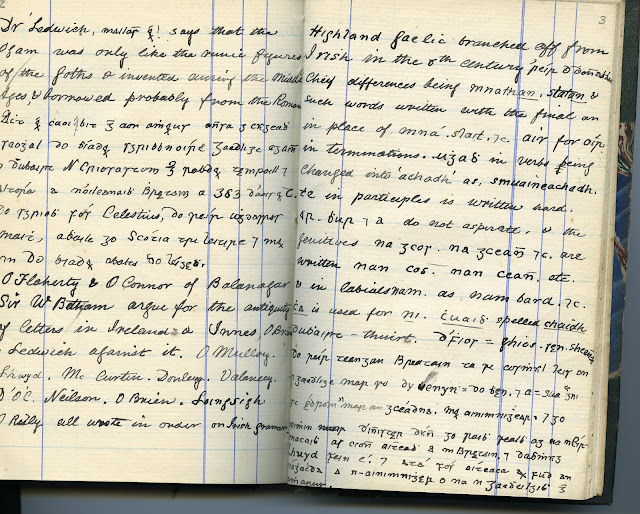The theatre archive document of
the month for May is to coincide with the return and nationwide tour of Druid
Theatre's DruidMurphy series. This
2013 season run showcases some of Tom Murphy's greatest literary and dramatic
works, Conversations on a Home Coming
and A Whistle in the Dark. Druid's relationship
with Tom Murphy, dating back to when he was Writer-in-Association with Druid in
the 1980s has allowed for the creation of an examining of Irishness, the Irish
family and Irish history and society so visceral that enthrals audiences at
home and abroad still to this day.
This document is a cast
photograph from the 1987 production of A
Whistle in the Dark, which was produced at the Jesuit Hall in Salthill and
directed by Garry Hynes. This play's history is well worth noting as it
received its premiere at the Theatre Royal Stratford East in London in 1961
having previously been rejected by the Abbey Theatre. In the photograph are: (l
to r standing) Peter Gowan, Maeliosa Stafford, Johnny Murphy, Mick Lally, Corinne
Ransom. (Front row, L to R) Sean McGinley, Godfrey Quigley, David Herlihy.
The Druid
Theatre archive at the James Hardiman Library contains further records on the
history of this classic murphy play. Interestingly, cast member Maeliosa
Stafford (2nd from left, standing) is currently playing the role of
'Dada' in the current Druid Theatre production of A Whistle in the Dark. Further records relating to this play in the
Druid archive include:
T2/152 Scope and Content: A Whistle in the Dark - Written by Tom Murphy and directed by Garry
Hynes. Performed at Jesuit Hall, Salthill, Galway. File contains printed
playbill featuring biographical essay on Tom Murphy, details of cast and
production crew members, article entitled "Drama and Metaphor" by
Christopher Murray. 3 copies. Printed black and white flyer and invitation to
the opening night performance of the play. 12 items. Assorted photocopy of
press cuttings of reviews and coverage of the play taken from various Irish
newspapers and press. 60pp Date: 13-25 Jul 1987 Extent: 142 pp
T2/154 Scope and Content: A
Whistle in the Dark - Photocopy of typed script of A Whistle in the Dark, written by Tom Murphy. Date: Jul 1987 Extent: 1 item


















